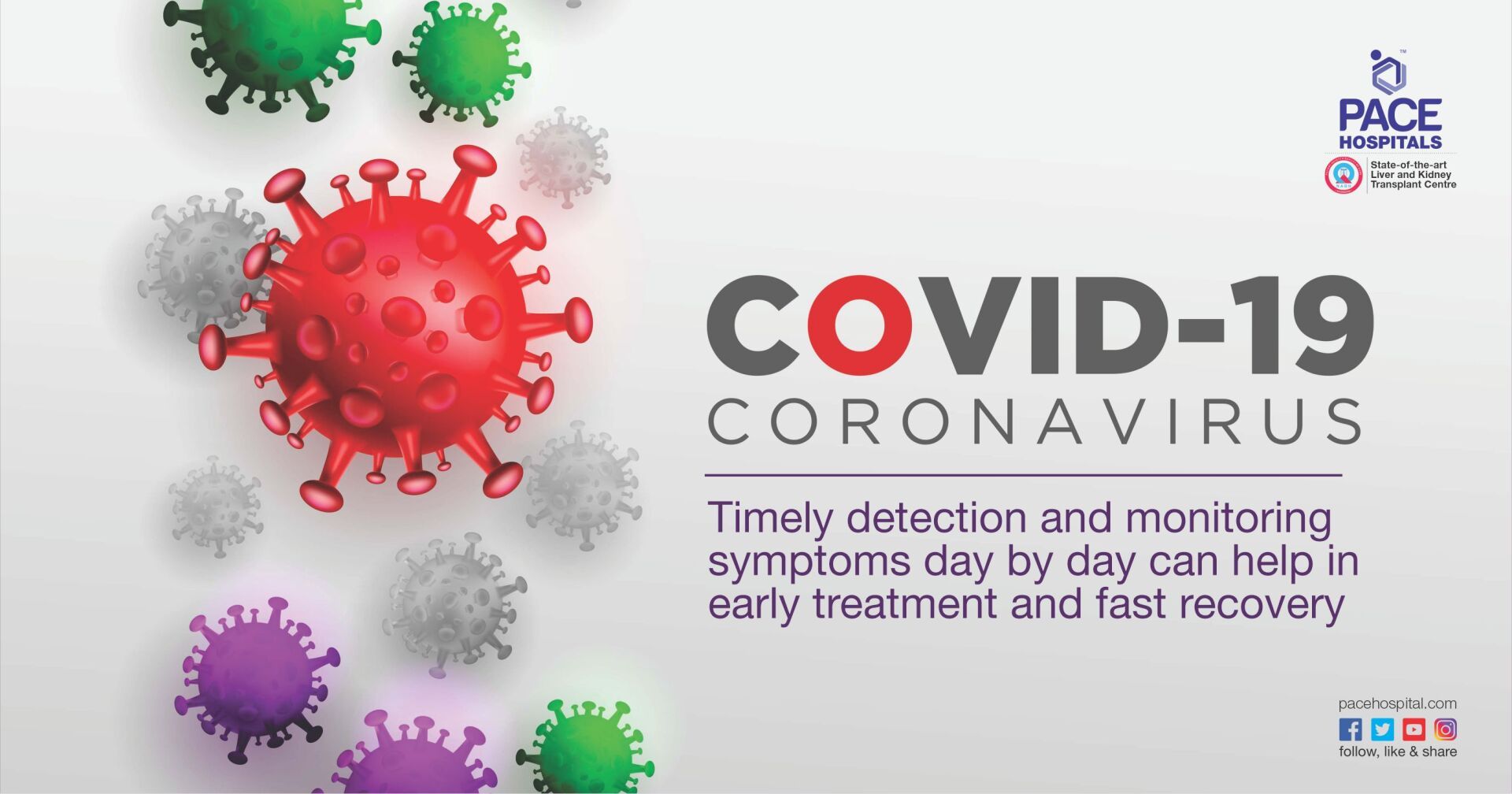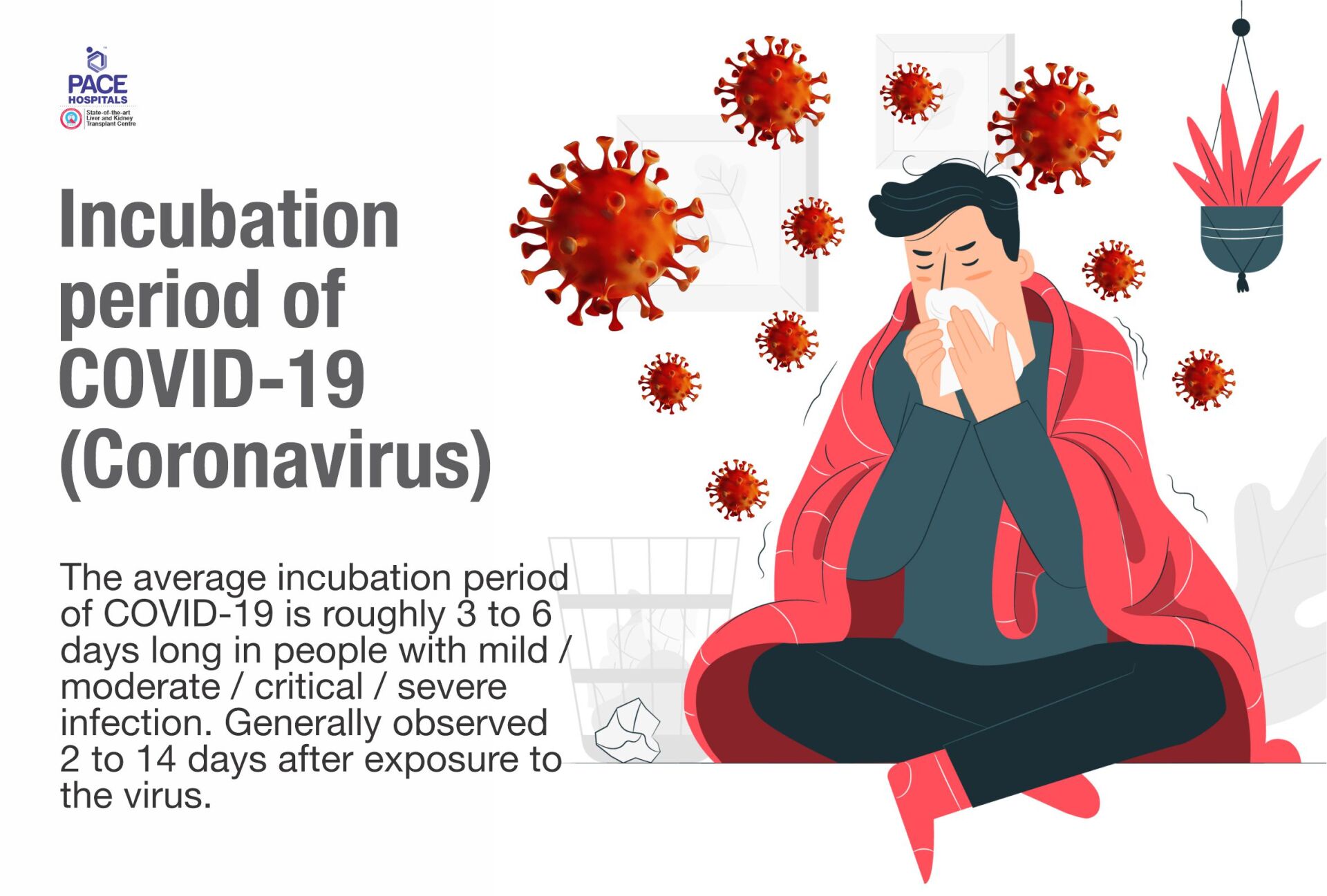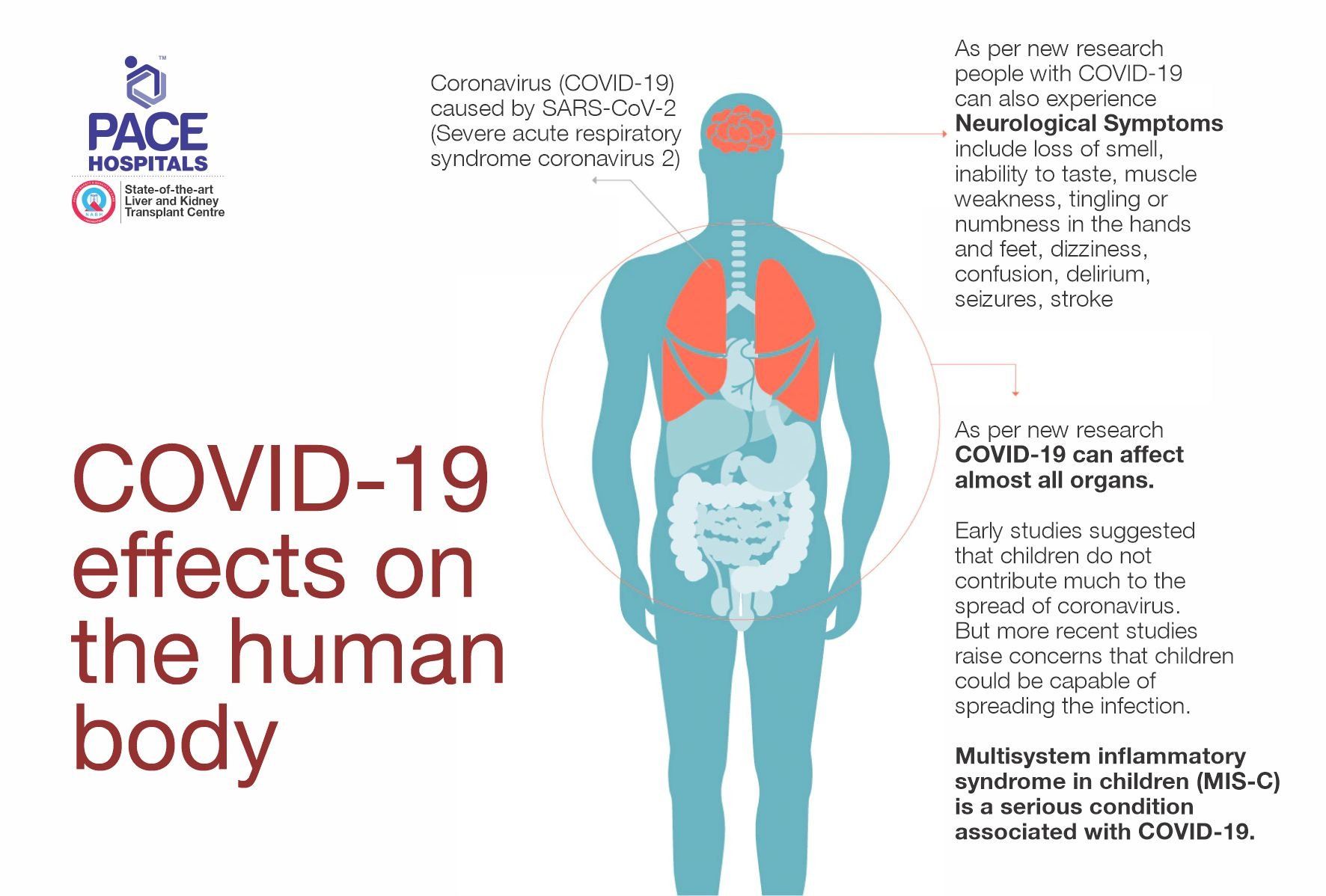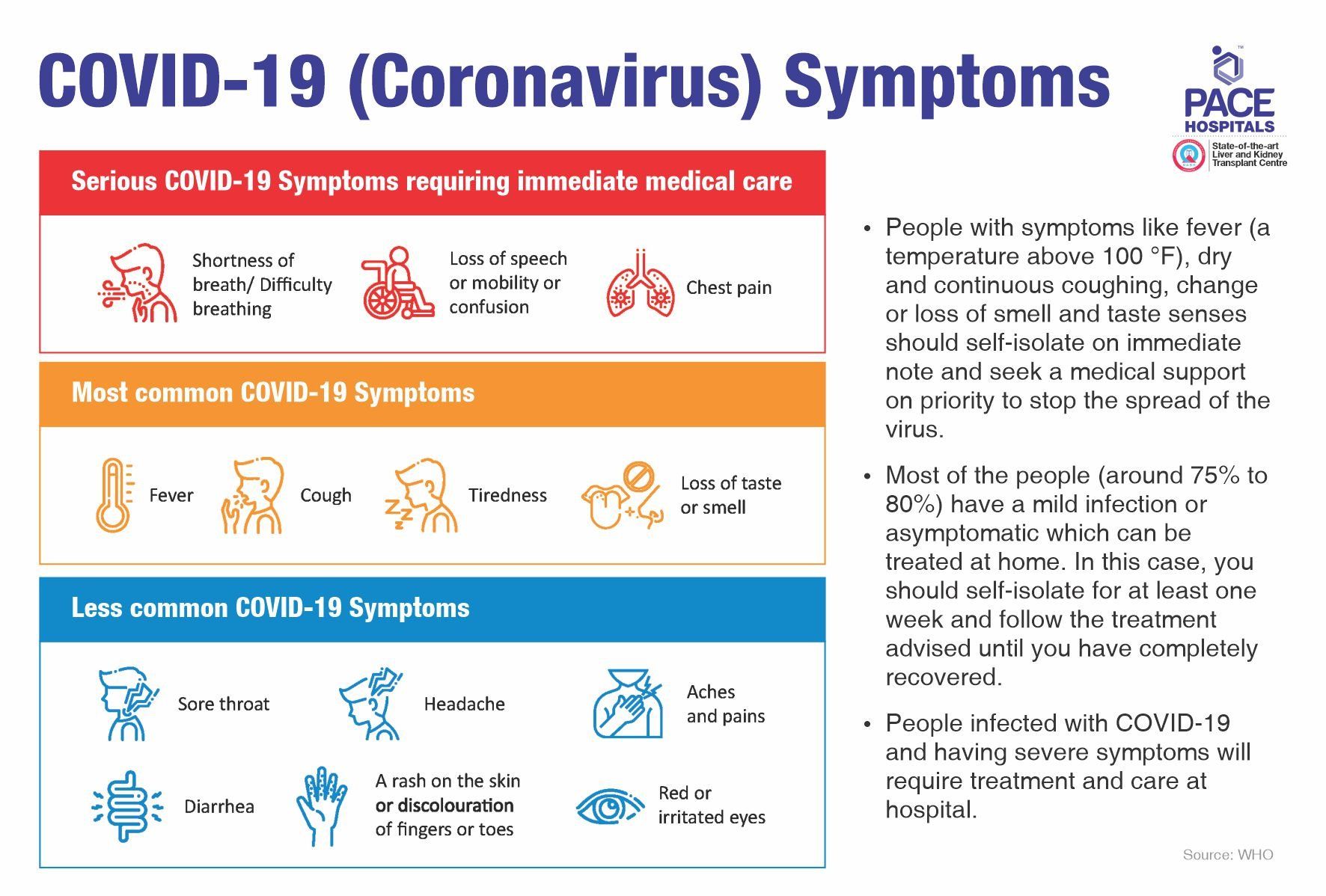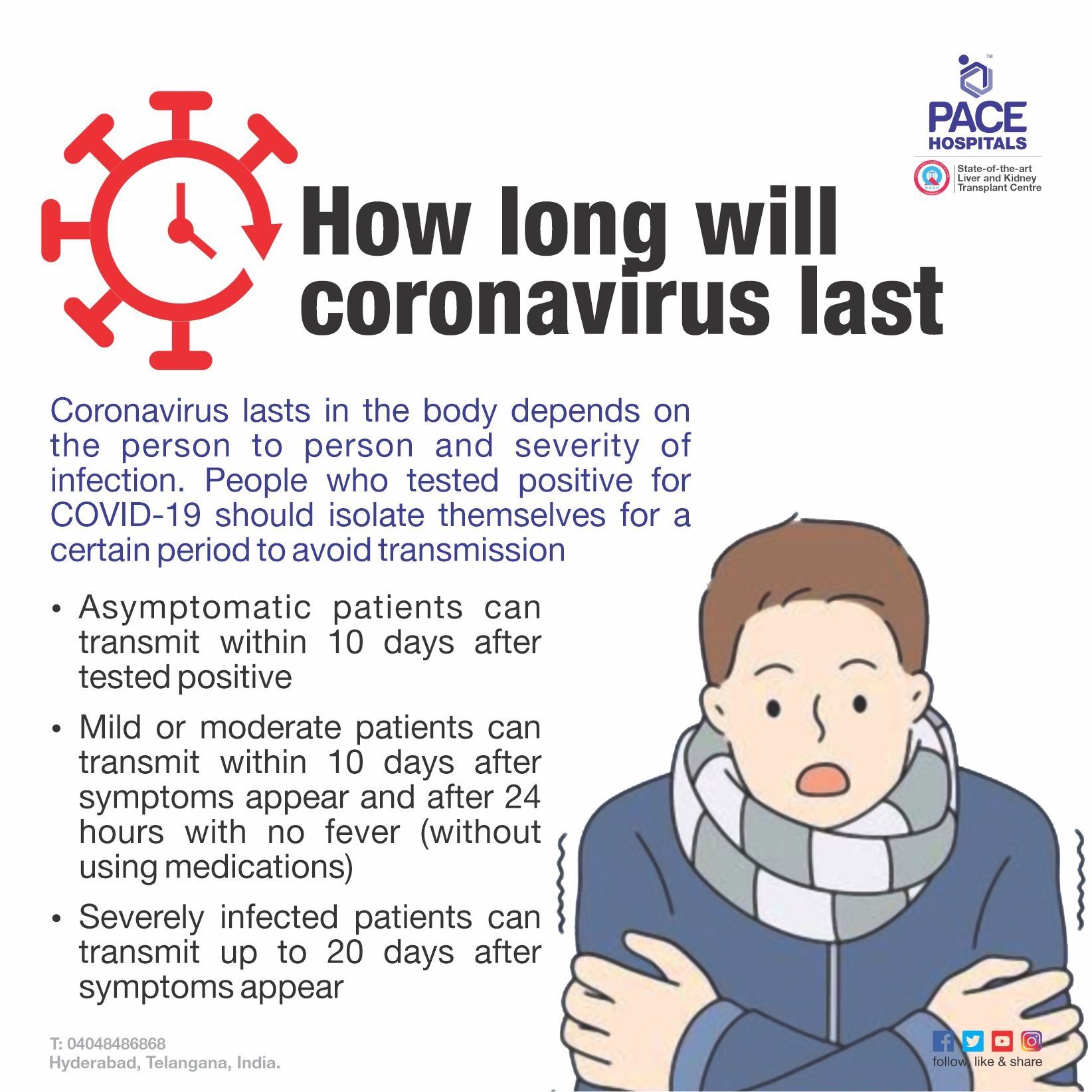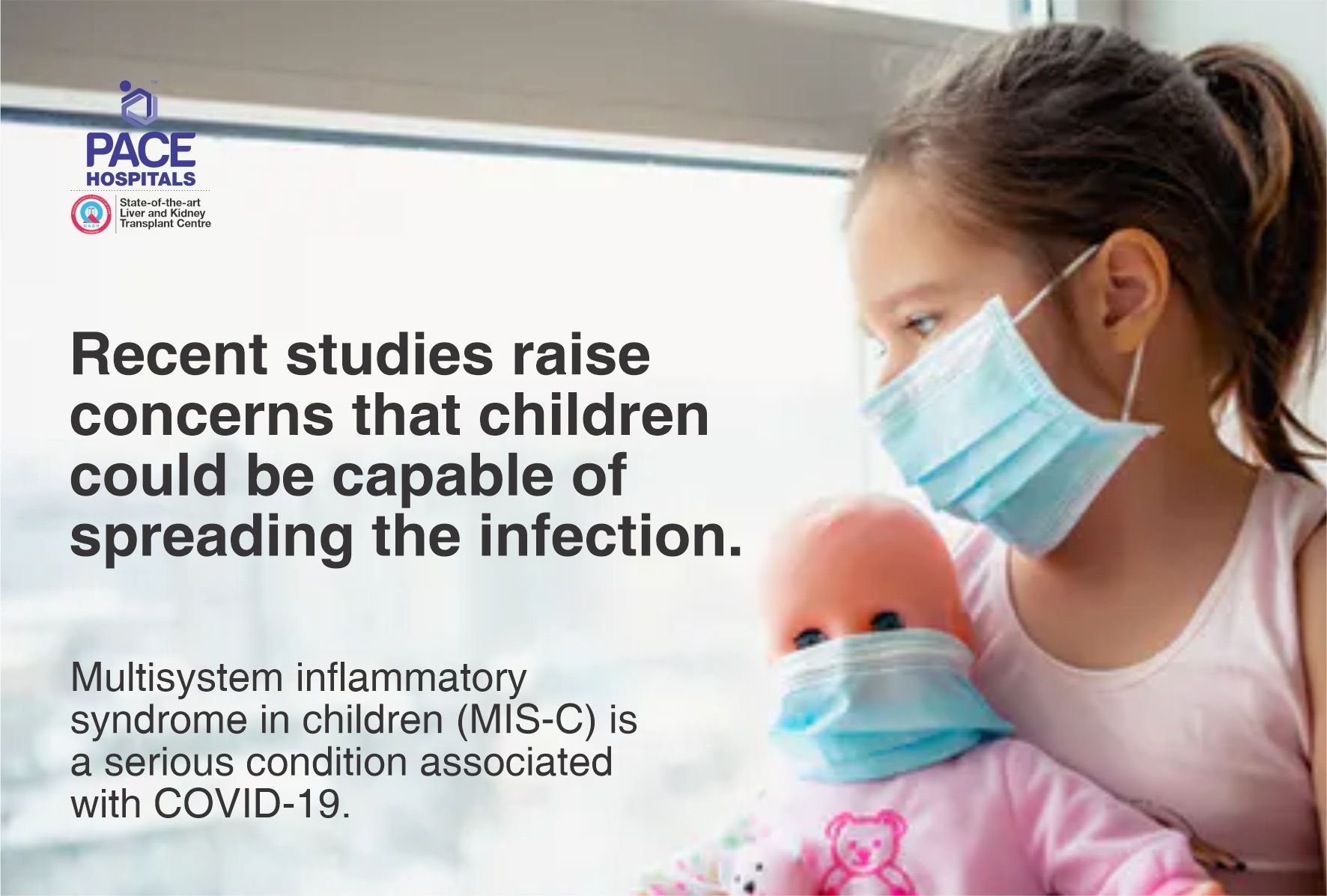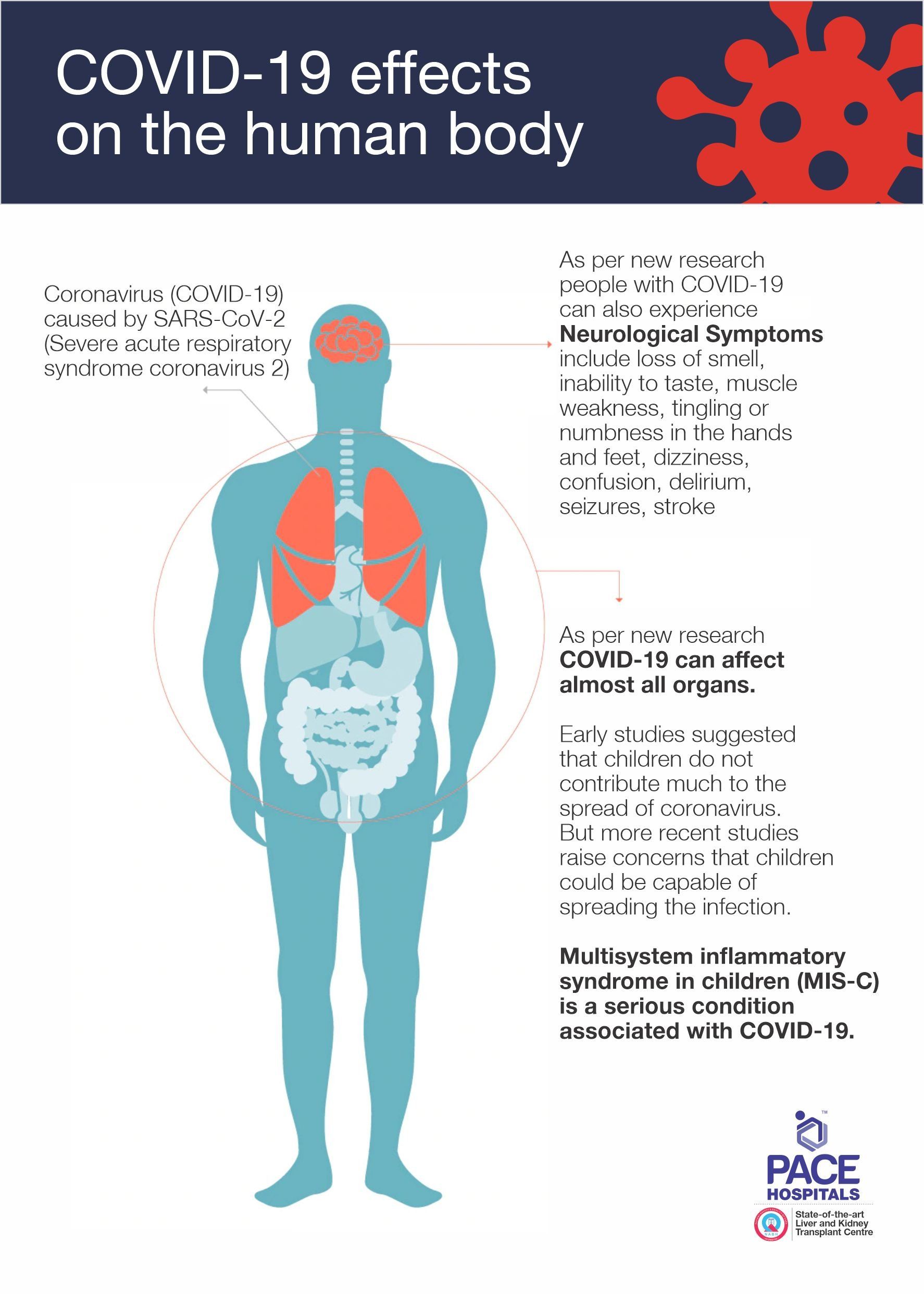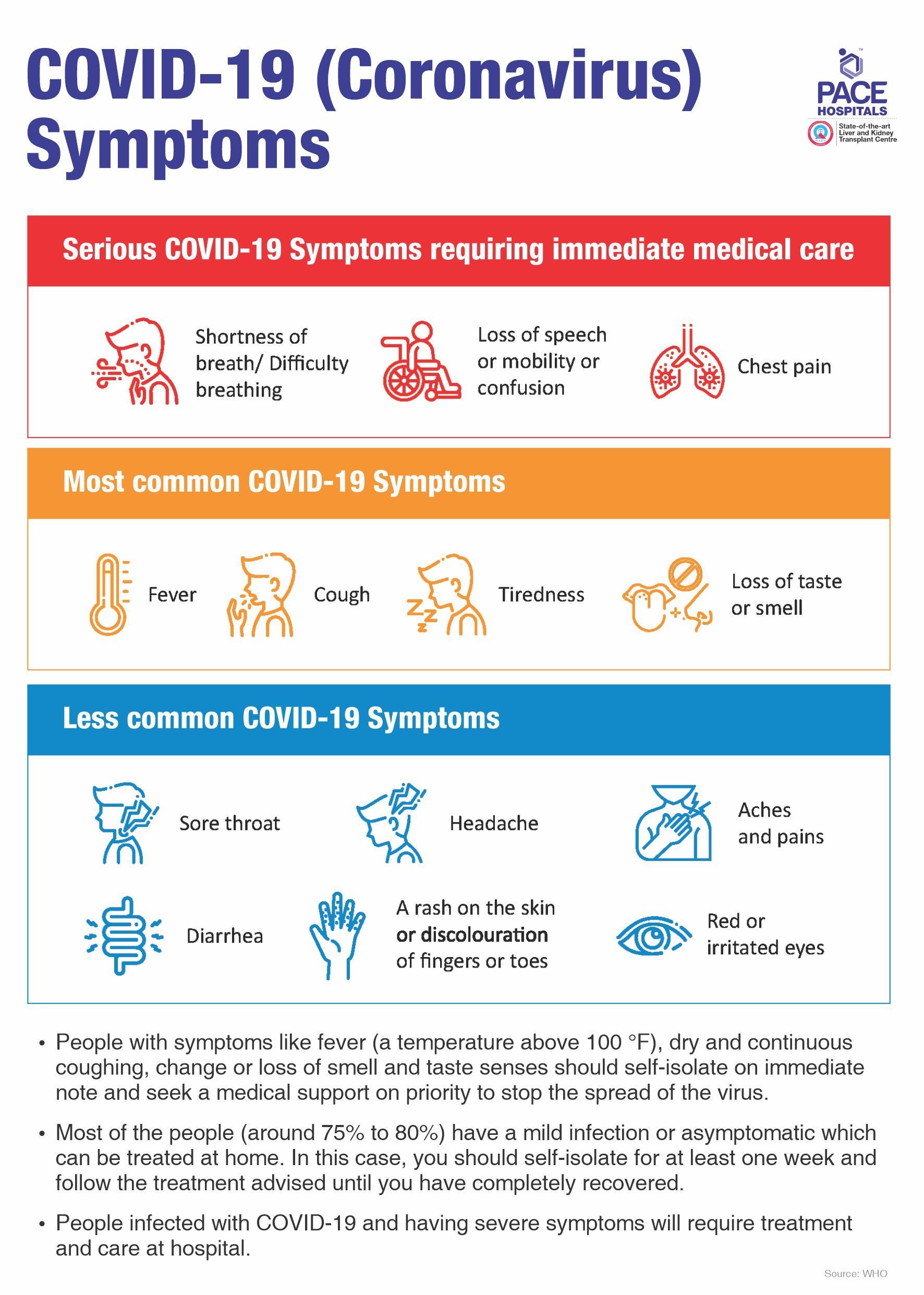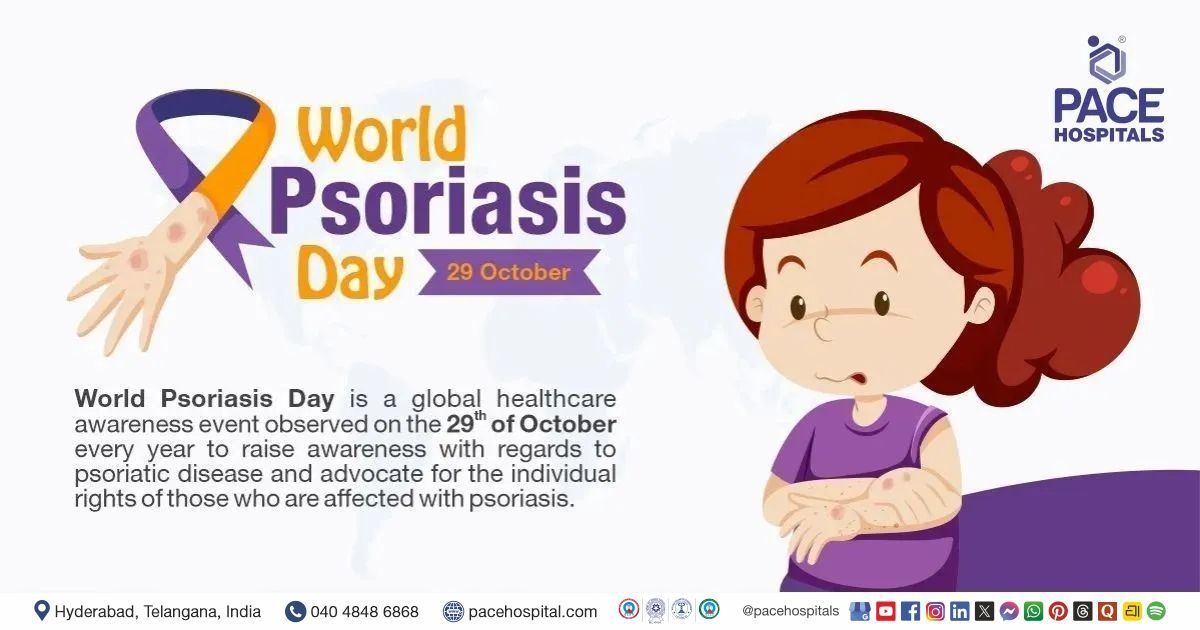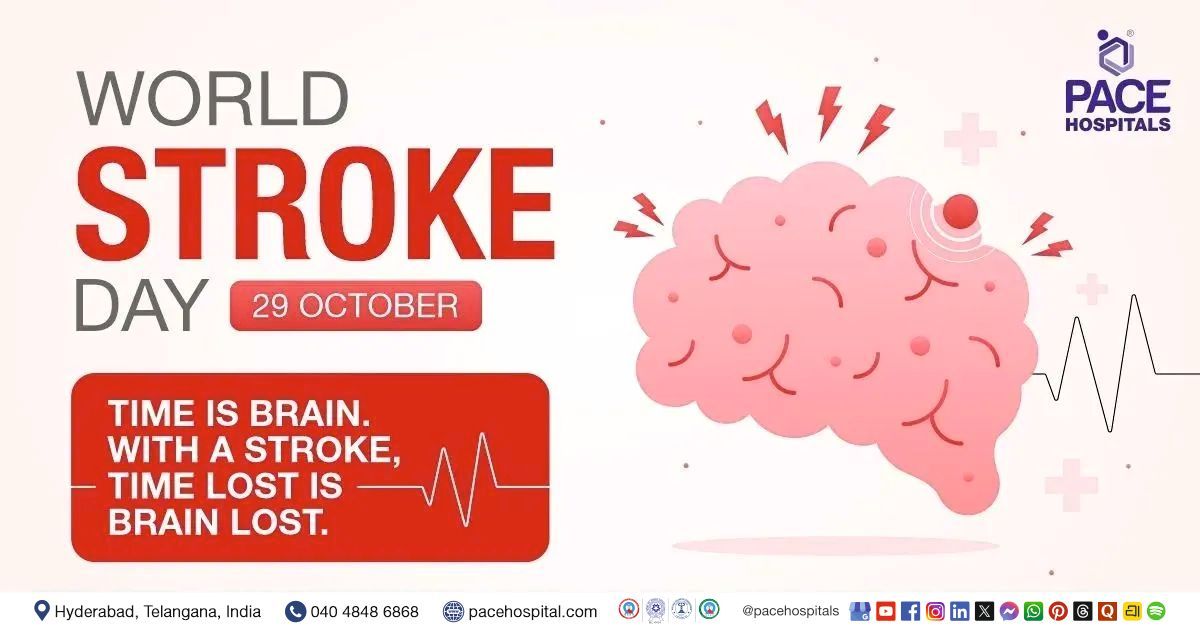Incubation period of COVID-19 | Coronavirus symptoms day by day monitoring is crucial for recovery. Know how?
Coronavirus disease (COVID-19) caused by SARS-CoV-2 (Severe acute respiratory syndrome coronavirus 2). It was originated at Wuhan, China in early December 2019 has rapidly widespread with confirmed cases in almost every country across the world and has become a new global pandemic. WHO announced “COVID-19” as the name of this new disease on 11 February 2020.
The virus was originated in bats and human transmission primarily occurs through direct, indirect, or close contact with infected people through respiratory droplets came out with coughs, sneezes, or speaks.
Monitoring coronavirus symptoms day by day and timely detection can help in early treatment and fast recovery
Worldwide strains of coronavirus are actually very common and usually only cause mild symptoms similar to Cold, Flu and Seasonal allergies. Upper respiratory symptoms, like runny nose and sinus congestion, are very uncommon in COVID-19.
Due to increased number of cases, researchers were able to determine that how long do coronavirus symptoms last in positive patients. COVID-19 symptoms often start in a certain order and people may be sick for 2 to 14 days before developing any symptoms.
What is average incubation period of COVID-19 (Coronavirus)?
- An incubation period is the duration between "when you have ever been in close contact with any COVID infectious person or suspect asymptomatic case" and "when your symptoms start".
- There is significant variation in the duration that it takes people to develop mild symptoms.
- The average incubation period of COVID-19 is roughly 3 to 6 days long in people with mild / moderate / critical / severe infection. Generally observed 2 to 14 days after exposure to the virus.
- In asymptomatic case there are no symptoms to count the period.
According to the World Health Organization (WHO), most of the laboratory confirmed patients (around 75% to 80%) have had mild to moderate infection, which includes non-pneumonia and pneumonia cases, 13.8% have severe disease (dyspnea, respiratory frequency ≥30/minute, blood oxygen saturation ≤93%, PaO2/FiO2 ratio <300, and/or lung infiltrates >50% of the lung field within 24-48 hours) and 6.1% are critical (respiratory failure, septic shock, and/or multiple organ dysfunction/failure) or completely asymptomatic (not having any symptoms). An infected person with COVID-19 can experience a wide range of symptoms, often including a dry cough and shortness of breath.
When the virus does cause -
- most common symptoms include fever, sore throat, coughing, tiredness or fatigue, loss of taste or smell.
- less common symptoms include headache, diarrhea, rashes on the skin, aches and pains, red or irritated eyes.
- In some people, COVID-19 causes more severe symptoms include shortness of breath, difficulty breathing, and loss of speech or mobility, new confusion, chest pain that require immediate medical attention.
People critically affected with COVID-19 and having severe symptoms will require treatment and care at hospital.
As per current data after 5 days of the mild infections, slowly the symptoms are becoming worse, to cope up with it immune system produces antibodies to fight the virus. Resulting fluctuations in blood oxygen level (Spo2), increase in fever, bad respiratory symptoms, heaviness, etc making it necessary to monitor the day by day symptoms at regular intervals to recover fast from coronavirus.
Based on patients conditions and stage of the infection can be categorized as asymptomatic, mild, moderate, severe and critical cases. What does this mean?
A systematic review and meta-analysis of 148 studies from 9 countries including 24,410 adults patients data (aged ≥18 years) published on June 2020; a spectrum of disease severity has been reported, with main symptoms that include fever, fatigue, dry cough, myalgia, and dyspnea. According to this, the prevalence of some of these symptoms appears to be:
- Systemic - Fever 78%, Fatigue 31%, Myalgia 17%, Rigors 18%, Arthralgia 11%
- Respiratory - Any cough (dry or productive) 57%, Dry (non-productive) cough 58%, Productive cough 25%, Dyspnea 23%, Chest pain 7%, Hemoptysis 2%, Wheeze 17%
- Ear, nose and throat - Sore throat 12%, Rhinorrhea 8%, Vertigo / dizziness 11%, Nasal congestion 5%, Hyposmia 25%, Hypogeusia 4%, Otalgia 4%
- Gastrointestinal - Diarrhoea 10%, Nausea 6%, Vomiting 4%, Abdominal pain 4%
- Central nervous system - Headache 13%, Confusion 11%
- Eyes - Conjunctivitis 2%, Ophthalmalgia 4%, Photophobia 3%
As of 20 February 2020 and report based on
55,924 laboratory confirmed cases, WHO revealed the most common symptoms to be:
- Fever (87.9%), Dry cough (67.7%), Fatigue (38.1%), Sputum production (33.4%), Shortness of breath (18.6%), Sore throat (13.9%), Headache (13.6%), Myalgia or Arthralgia (14.8%), Chills (11.4%), Nausea or vomiting (5.0%), Nasal congestion (4.8%), Diarrhea (3.7%), and Hemoptysis (0.9%), and Conjunctival congestion (0.8%)
There is no particular pattern in the order of symptom development. Some people will start with a cough; others will develop fever, with cough arriving only a few days late to develop hypoxia or dyspnea stage. Among patients, exhaustion and aching all over appear to be common early signs.
As per the update and case studies published in September, explained that the rise in coronavirus infection and frequency due to asymptomatic people, this is the main reasons why Covid-19 turned from an epidemic (concentrated in one area) to a pandemic (a global spread). It also says that evidence points to the need for strict test and tracing systems of all known coronavirus contacts, regardless of symptoms, to prevent further spreading of the virus.
All the COVID-19 positive cases need not be hospitalized, We Pace Hospitals are providing all the support they needed while undergoing home isolation. Patients can request an appointment for COVID Telemedicine Consultation with our COVID specialist doctors.
Can the coronavirus disease affect brain function?
People with COVID-19 can also experience neurological symptoms include loss of smell, inability to taste, muscle weakness, tingling or numbness in the hands and feet, dizziness, confusion, delirium, seizures, stroke, and gastrointestinal (GI) include loss of appetite, nausea, vomiting, diarrhea, and abdominal pain or discomfort symptoms.
Neurological symptoms have been seen in COVID-19 patients around the world. Some people with neurological symptoms tested positive for COVID-19 but did not have any respiratory symptoms like coughing or difficulty breathing; others experienced both neurological and respiratory symptoms.
Researcher are trying to find out how coronavirus causes neurological symptoms. This can be due to a direct result of infection or an indirect consequence of inflammation or altered oxygen and carbon dioxide levels due to infection.
How long do coronavirus (COVID-19) symptoms last?
Coronavirus lasts in the body depends on the person to person and severity of infection. People who tested positive for COVID-19 should isolate themselves for a certain period to avoid transmission:
- Asymptomatic patients can transmit within 10 days after tested positive
- Mild or moderate patients can transmit within 10 days after symptoms appear, and after 24 hours with no fever (without using medications)
- Severely infected patients can transmit Up to 20 days after symptoms appear
As per CDC adults with mild to moderate COVID-19 remain infectious no longer than 10 days after symptom onset. Most adults with more severe to critical illness or severe immunocompromised likely remain infectious no longer than 20 days after symptom onset.
However, the virus may remain in the body up to 3 months after diagnosis. This may mean some people get a second positive test result even after they recover, although this does not necessarily indicate the virus is still transmissible.
In some people, COVID-19 symptoms last longer than original estimates, even in mild cases. Comparing over 90% of people with influenza, or flu, recover within 14 days after tested positive.
People who infected for long time and admitted in hospital for a treatment may also have longer-lasting symptoms.
Get Home Care Treatment support for suspected or diagnosed COVID-19 patient to recover while in home quarantine.
Prevalence of Coronavirus (COVID-19) symptoms in children
Early signs and symptoms of coronavirus infection in children are similar to those in adults. According to the CDC, early symptoms in children with a coronavirus infection is having these prevalence:
- Fever 56%
- Dry cough 54%
- Shortness of breath 13%
Fever and cough appear to be the common symptoms that report in children.
What should I do if my child has symptoms of COVID-19?
Most children who become infected with the COVID-19 virus have no symptoms, or they have mild to moderate symptoms such as low-grade fever, fatigue, cough, trouble breathing, sore throat, belly pain, vomiting, diarrhea, rash, dizziness, or just doesn't feel well. Early studies suggested that children do not contribute much to the spread of coronavirus. But more recent studies raise concerns that children could be capable of spreading the infection.
As per the recent studies, infected children had as much, or more, coronavirus in their upper respiratory tracts as infected adults. The amount of virus found in children — their viral load — was not correlated with the severity of their symptoms. In other words, more virus did not mean more severe symptoms.
Consult to your doctor and share the symptoms, follow the treatment and medications as advised. If having any of these emergency signs call for help:
- Trouble breathing
- Pain or pressure in the chest that does not go away
- New confusion
- Inability to wake or stay awake
- Pale, gray, or blue-colored skin, lips, or nail beds, depending on skin tone
- Severe abdominal pain
Multisystem inflammatory syndrome in children (MIS-C) is a serious condition associated with COVID-19 where different body parts can become inflamed, including the heart, lungs, kidneys, brain, skin, eyes, or gastrointestinal organs
Timely detection of Coronavirus infection can help in early treatment and fast recovery if the patients present emergency signs then immediately seek medical advice or shift the patient to the hospital for proper medical treatment.
Many people those who are infected with COVID-19 (coronavirus) may experience mild symptoms or completely asymptomatic, can be treated at home.
Share on
Request an appointment
Fill in the appointment form or call us instantly to book a confirmed appointment with our super specialist at 04048486868

